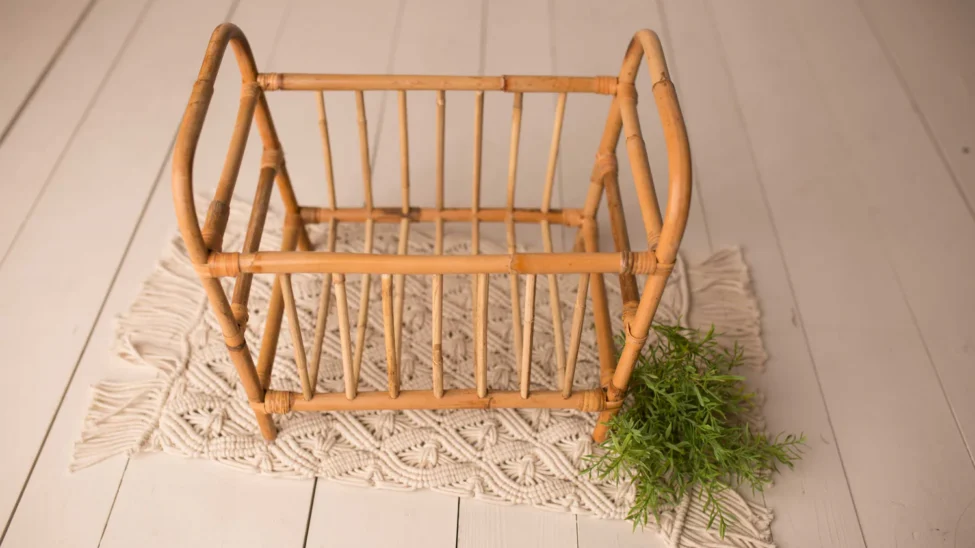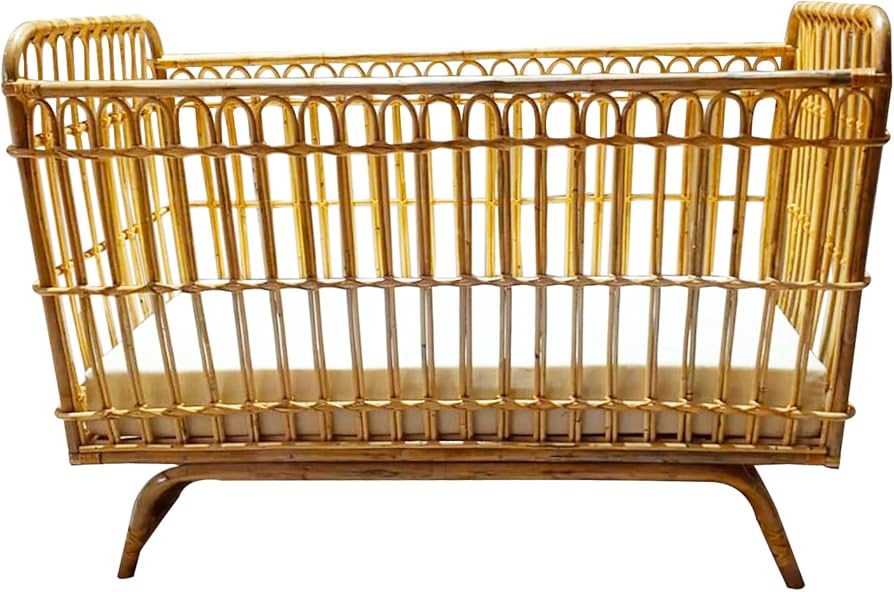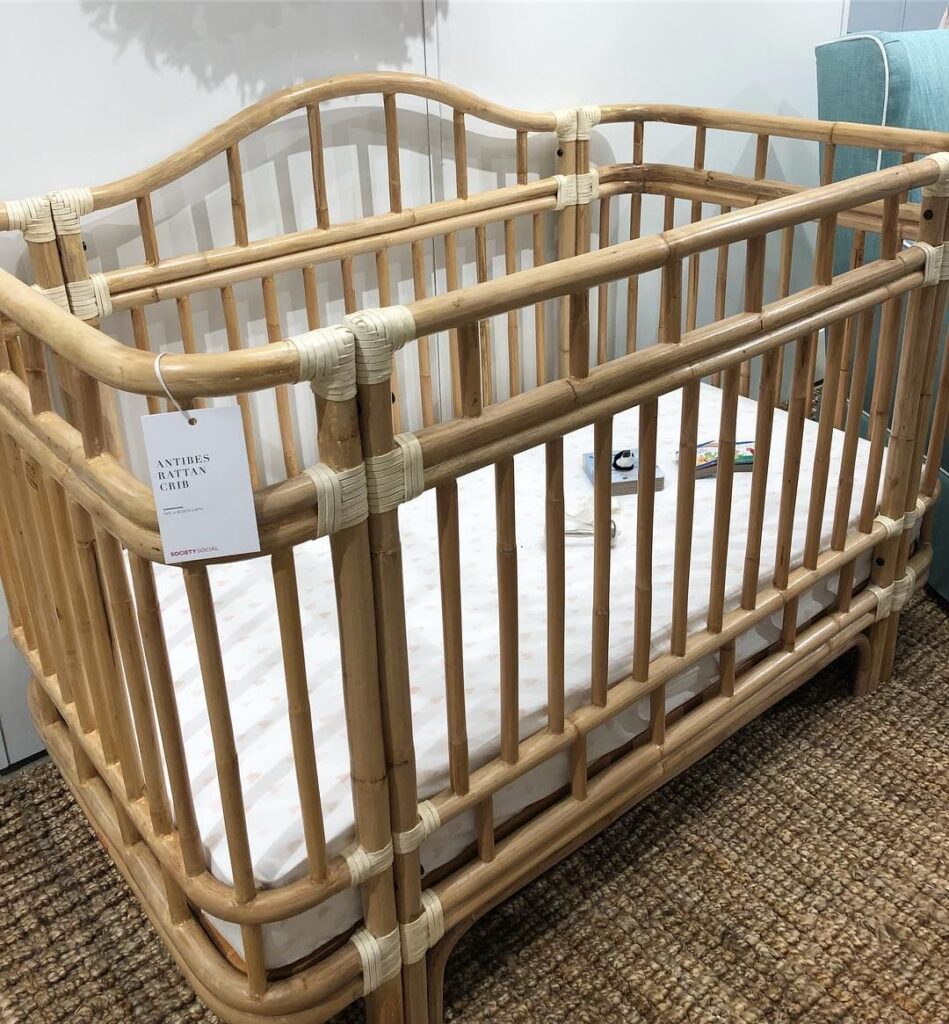
Why More Parents Are Leaning Towards Bamboo
When I was pregnant with my second child, we decided to renovate the nursery. We’d gone through the IKEA route before, and while it served its purpose, I was craving something that felt calmer, more grounded—like a space that would quietly support our rhythms rather than just look good in photos. That’s when I stumbled upon bamboo cribs. It wasn’t love at first sight, I’ll be honest. But the more I learned, the more it made sense.
Bamboo cribs have been slowly gaining popularity, and it’s not just for aesthetic reasons. They’re lightweight, naturally hypoallergenic, and surprisingly sturdy. But most of all, there’s something reassuring about placing your baby in a bed that’s not soaked in chemicals or made from who-knows-what.
The materials our babies sleep in contact with can affect not only their skin and breathing but also our peace of mind as parents.
I often remind families I work with: it’s not about buying the fanciest crib. It’s about choosing something that reflects your values and fits your daily reality. And for many, bamboo quietly fits the bill.

Unpacking the Buzz Around “Eco-Friendly”
Let’s be honest, “eco-friendly” gets thrown around so much that it starts to lose meaning. So, what does it actually mean when a crib is labeled eco-friendly—especially when made from bamboo?
Bamboo is one of the fastest-growing plants on Earth. It doesn’t need pesticides, it regenerates quickly after harvesting, and it uses less water compared to hardwoods. That all sounds great—but only if the manufacturing process respects those principles too. Look for cribs with certifications like FSC (Forest Stewardship Council) and check if they’re finished with non-toxic, water-based sealants. It’s not about perfection, but about intention.
Some parents worry that “natural” means fragile or high-maintenance. But bamboo can be surprisingly tough. Our own crib withstood a toddler who turned every bedtime into a mini gym session. So no, you’re not compromising durability for the sake of being green.
Built for Safety, Meant to Last
Safety is non-negotiable. A beautiful crib doesn’t matter if it wobbles at the first kick. That’s why I always tell parents: check those rails, slats, and finishes. Bamboo’s natural structure makes it both flexible and resilient—two qualities that make a real difference when the crib goes from newborn naps to active toddler climbs.
A family I worked with in Vancouver had twins and opted for a bamboo convertible crib that turned into toddler beds. Not only did it survive two busy boys, but the parents also said it still looked “shockingly good” three years later.

A crib isn’t just a place to sleep. It’s the frame for hundreds of lullabies, countless dreams, and occasional 3 a.m. tears—yours and the baby’s.
Also, keep an eye out for rounded edges, proper slat spacing, and solid construction. A crib made of safe material is only part of the equation. It also needs to be thoughtfully built. Thankfully, many bamboo options meet or exceed safety standards if you’re choosing a reputable brand.
Keeping It Clean Without the Drama
You don’t need a special cleaning routine for bamboo, but there are a few good habits worth adopting. Wipe down the crib weekly with a soft, slightly damp cloth—no need for harsh cleaners. In fact, avoid anything with strong chemicals, as they can damage the finish and defeat the whole “natural” point.
I had a client once who was using vinegar and water to clean everything in her nursery, including her bamboo crib. Smart idea, but too much vinegar can dull the surface over time. The trick is moderation. A mild soap and water combo works perfectly, followed by a dry cloth.
If you’re worried about humidity or spills, bamboo is naturally more resistant to moisture than hardwood. Still, don’t let liquid sit on it for too long—especially around teething time, when those crib rails become irresistible chewing targets.
Stories That Stick With You
One of my favorite parts of this job is hearing how small changes in the nursery ripple out into family life. I once worked with a mom who was feeling overwhelmed after her second baby arrived. She said choosing a bamboo crib felt like “one good decision in a sea of chaos.” It gave her a sense of calm, knowing her baby was sleeping on a surface she trusted.
Another dad sent me a photo months later: the crib was now a toddler bed, and his daughter was tucked in with her stuffed dog. The caption? “Still standing, still safe.”
Sometimes, the things we think of as small—like the crib we pick—end up being the anchors in a very stormy sea of early parenthood.
If bamboo cribs have one superpower, it’s that they manage to be both humble and quietly impressive. No loud features, no over-promises—just a solid place for sleep to grow.
When the Choice Feels Just Right
In a world full of options, bamboo cribs hit a gentle balance. They’re kind to the environment, safe for your baby, and calm to look at during those 2 a.m. feeds. They won’t solve every parenting problem—but they might help you sleep a little easier.
And honestly, that’s no small thing.


